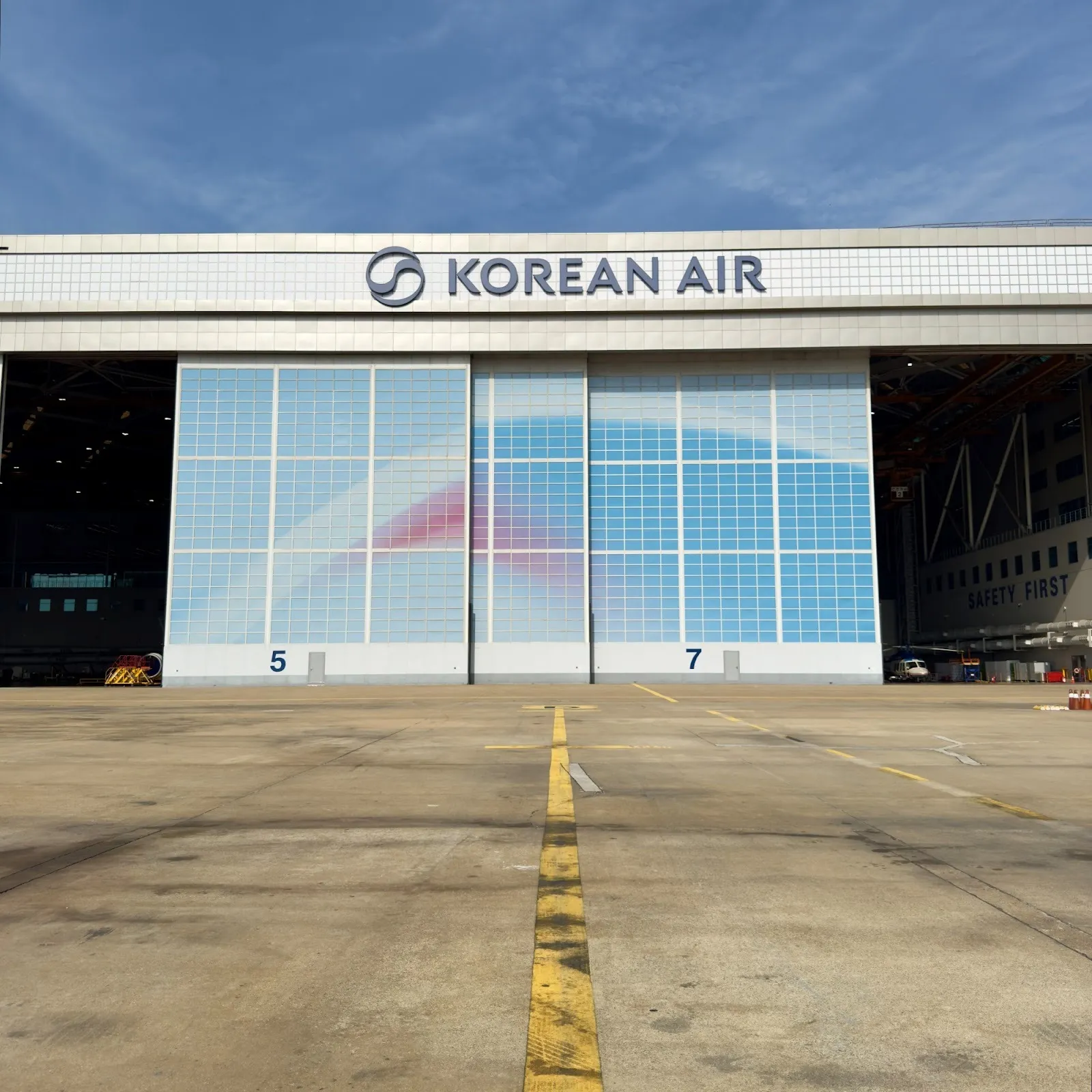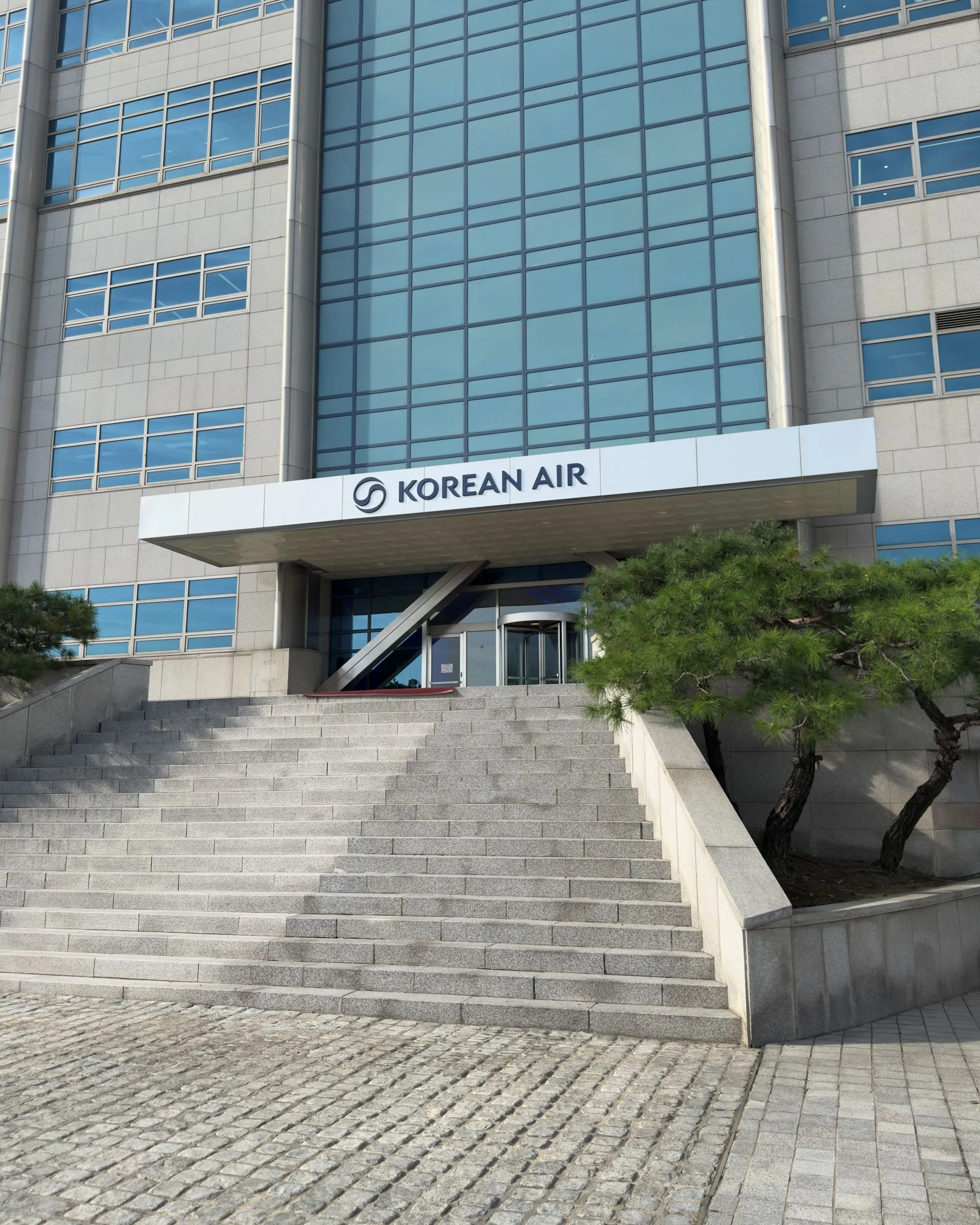SEOUL — Join us in Seoul, South Korea, for an exclusive insight into Korean Air’s (KE) global operations, facilities, and more.
Following KE's major rebrand earlier this year, Airways had the pleasure of joining the airline’s corporate team to learn about its various business areas and the changes underway.
Korean Air Headquarters
Our media trip began bright and early at KE’s Corporate office at Gimpo International Airport (GMP). Following the airline’s major rebrand in March 2025, updated logos and colors are featured throughout and ensure brand recognition.
Korean Air’s HQ houses multiple departments, including marketing, communications, operations, and more, enabling the airline to run as smoothly as possible. An aircraft hangar is also located here to ensure the safe operation of its modern fleet.
KE’s headquarters features an Aviation Medical Centre with doctors and nurses available throughout the day. All employees are well looked after in the event of any medical problems, and flight crew can obtain and revalidate their medical certificates. The medical centre ensures that all staff maintain positive general health and can monitor their mental and physical health.
At the heart of KE is the Operations and Customer Centre (OCC), where aircraft movements are monitored 24/7 to ensure safe and timely operations. Flights are tracked globally in real time on a large, detailed LED screen, and traffic at Incheon International (ICN) is closely monitored. The airline manages over 400 commercial and cargo flights daily across its fleet of 161 aircraft,
The OCC includes multiple operational areas, including the Flight Control Center, Maintenance Coordination Center, Load Control Center, and Network Operations Center. All departments work together to ensure strong operational performance, providing high levels of safety and customer service.
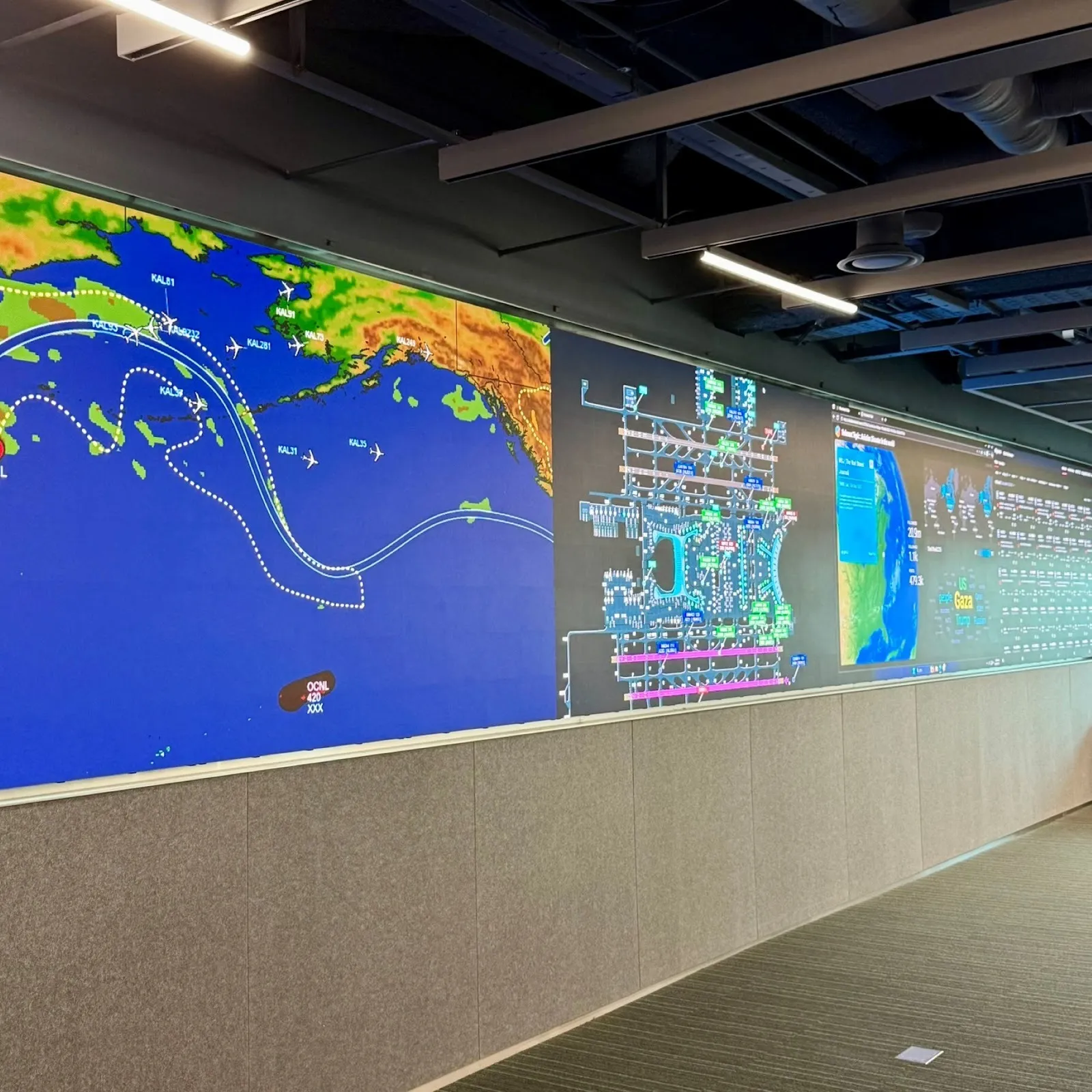
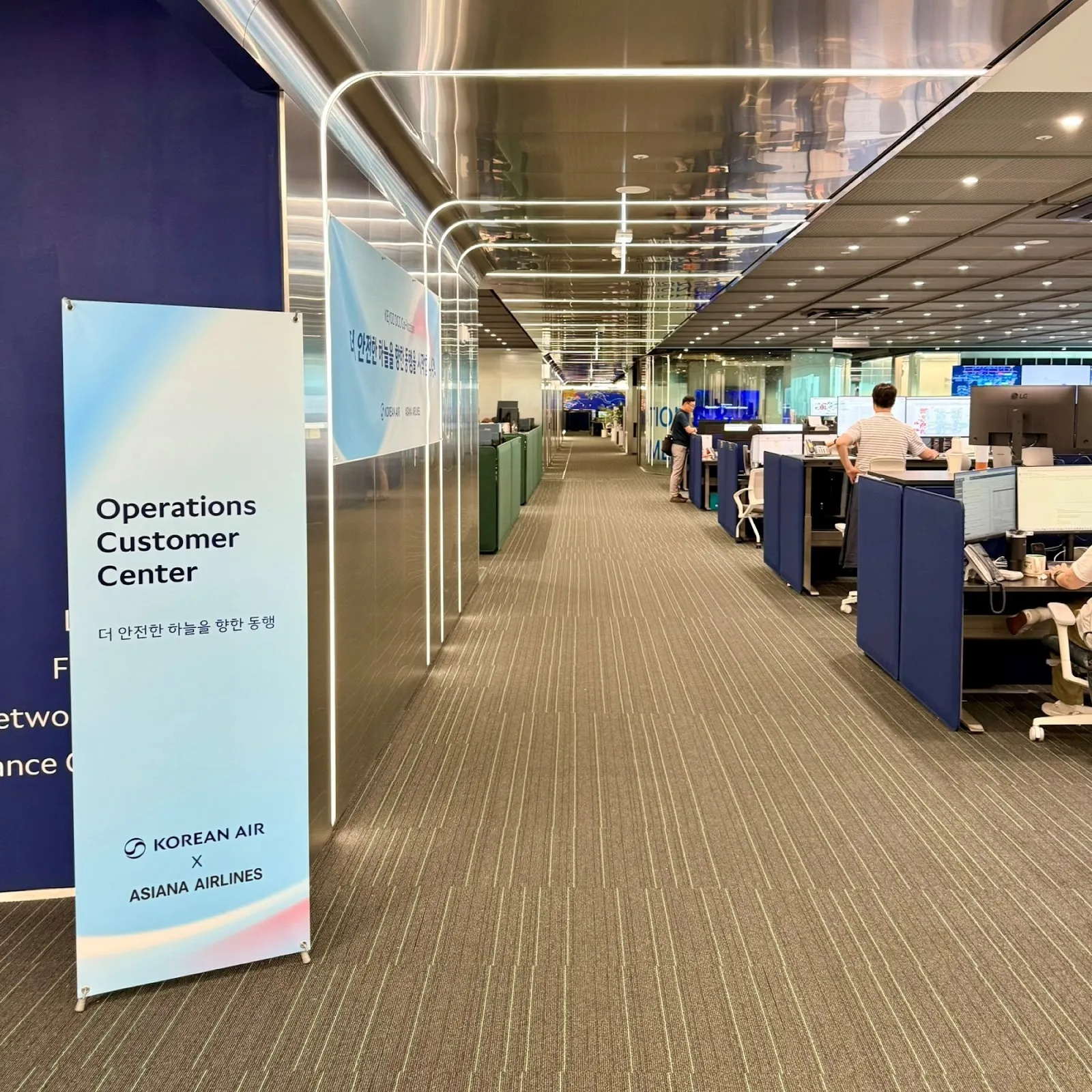
Cabin Crew Training Centre
Korean Air has recently renovated its Cabin Crew Training Centre, which now features sophisticated equipment. The centre features nine aircraft for crew training, including Airbus and Boeing models.
Each crew member is trained on their assigned aircraft's L1 doors through various scenarios. From emergency procedures to everyday arrivals and departures, crew training is comprehensive and ensures high safety standards.
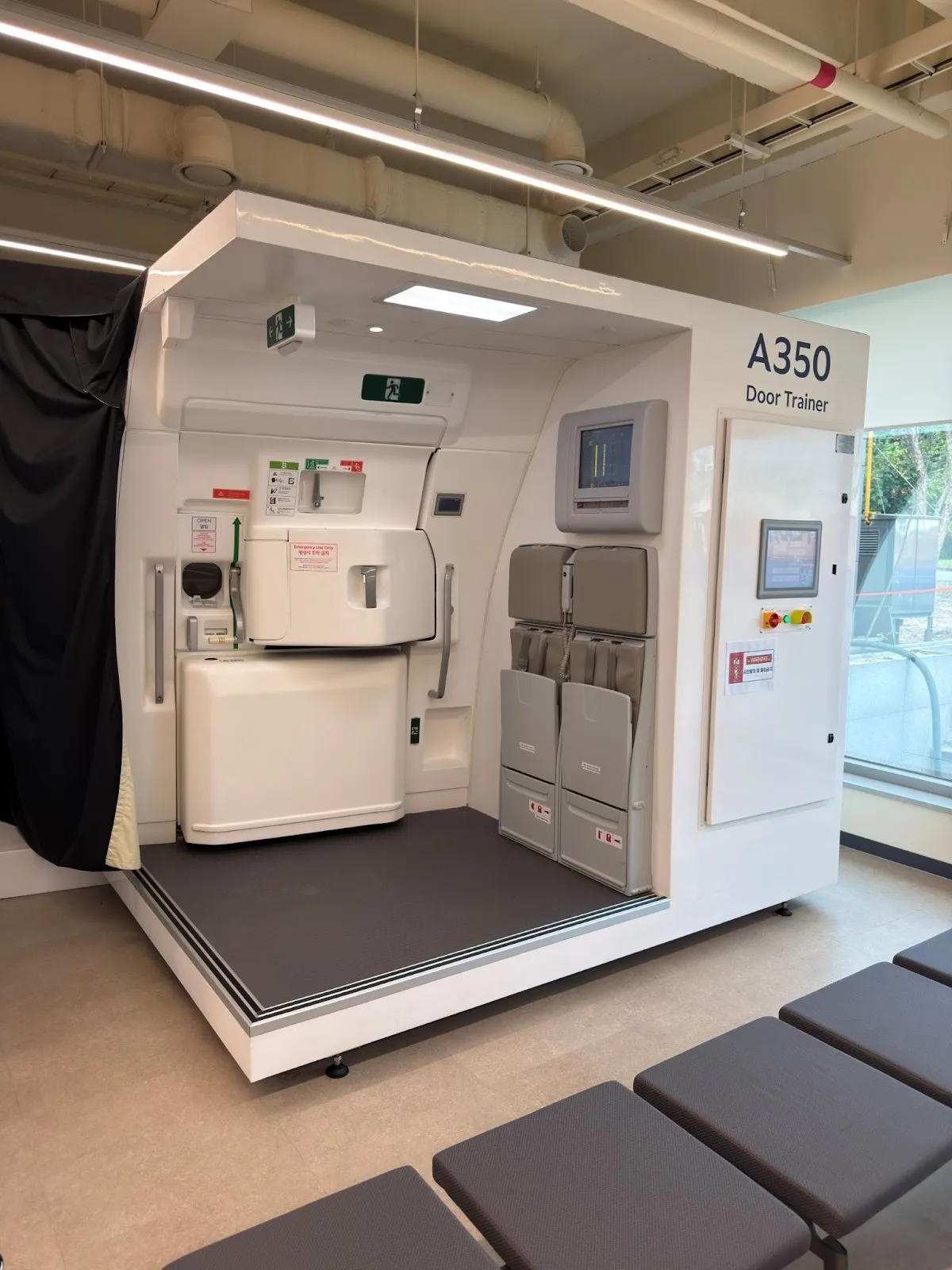

Installed earlier this year, a fire training facility was also installed, allowing crew to be trained in dealing with situations such as battery and oven fires. They are also first-aid trained and can deal with emergencies, and we were shown around the general equipment room.
Korean Air prioritizes passenger safety and security during flights, and its crew is trained in aviation security. Appropriate action can be taken depending on the customer's behavior, including the use of cuffs and physical restraints, to stun guns in the most extreme cases.

Catering Facility
In-flight meals for Korean Air are prepared at its large catering facility located near Incheon Airport. All KE flights departing from ICN are ready here, before being loaded into the catering trucks and subsequently onto the aircraft.
To maintain safety and food hygiene standards, all catering staff must wear white overalls, masks, and gloves before entering the facility.
We saw firsthand how meals are prepared across short-haul and long-haul flights, for Economy, Business, and First-Class customers. Inside is a fast-paced environment that ensures all customers are catered to and that all dietary restrictions are considered.
In short-haul business class, passengers can expect a generous selection of sandwiches with seasonal fruits. Long-haul flights serve Korean staple beef bibimbap, and those in premium can expect a broader range of options.
Korean Air has also improved its in-flight service by using curated tableware from world-class brands such as Christofle, Riedel, and Armani/Casa. The catering facility handles a high volume of cutlery, flatware, and glasses, all carefully packed to ensure a high-quality dining experience.
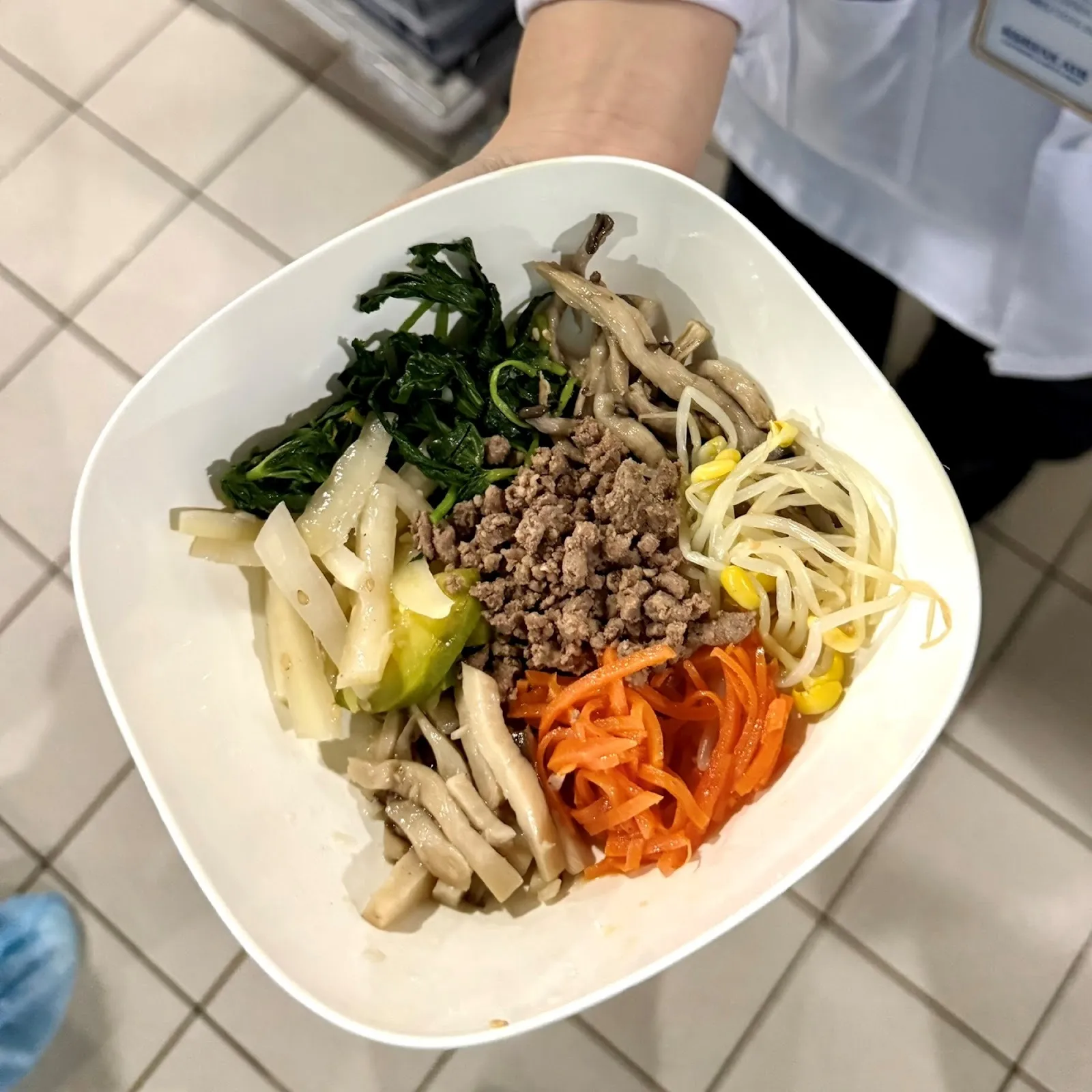

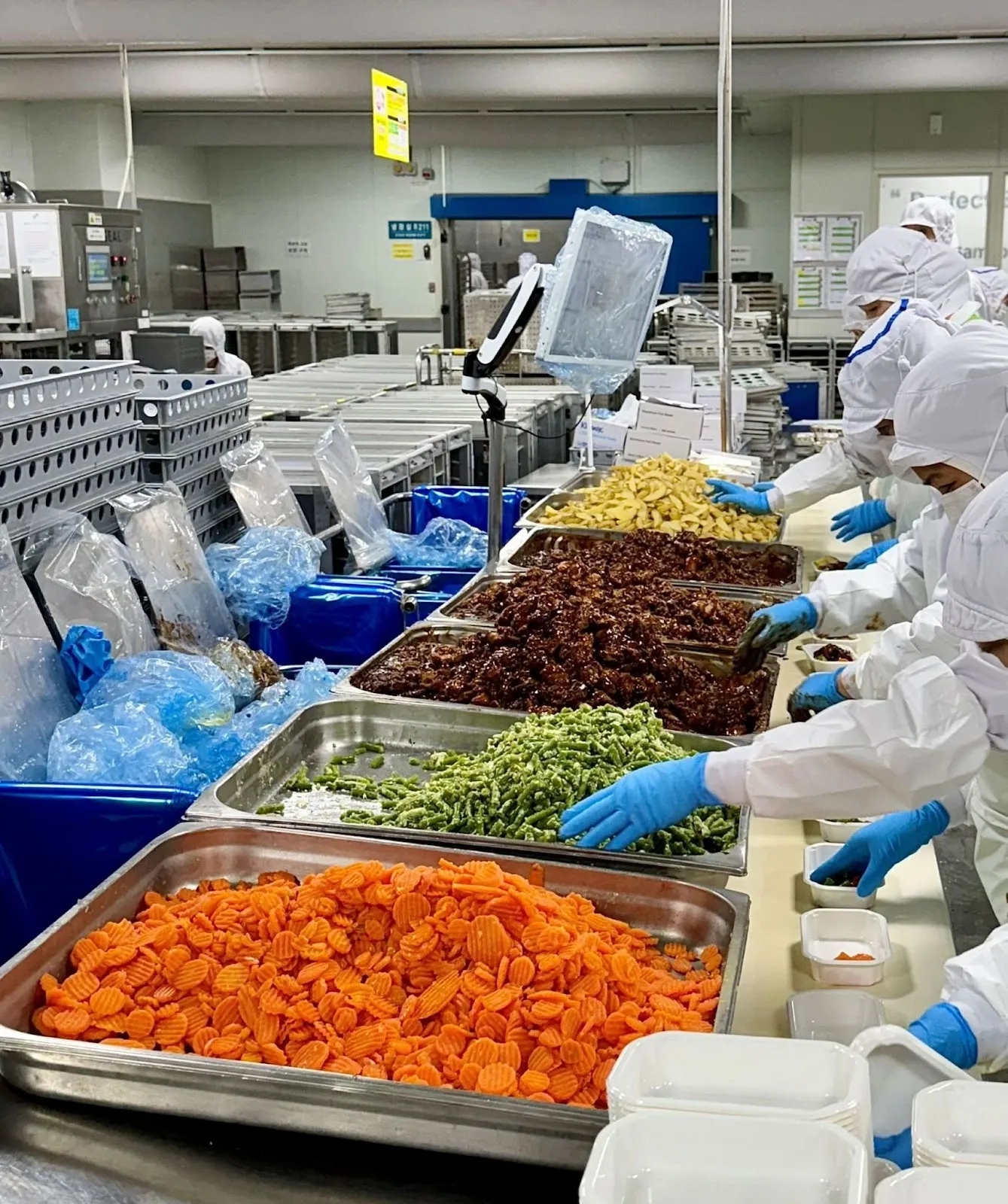
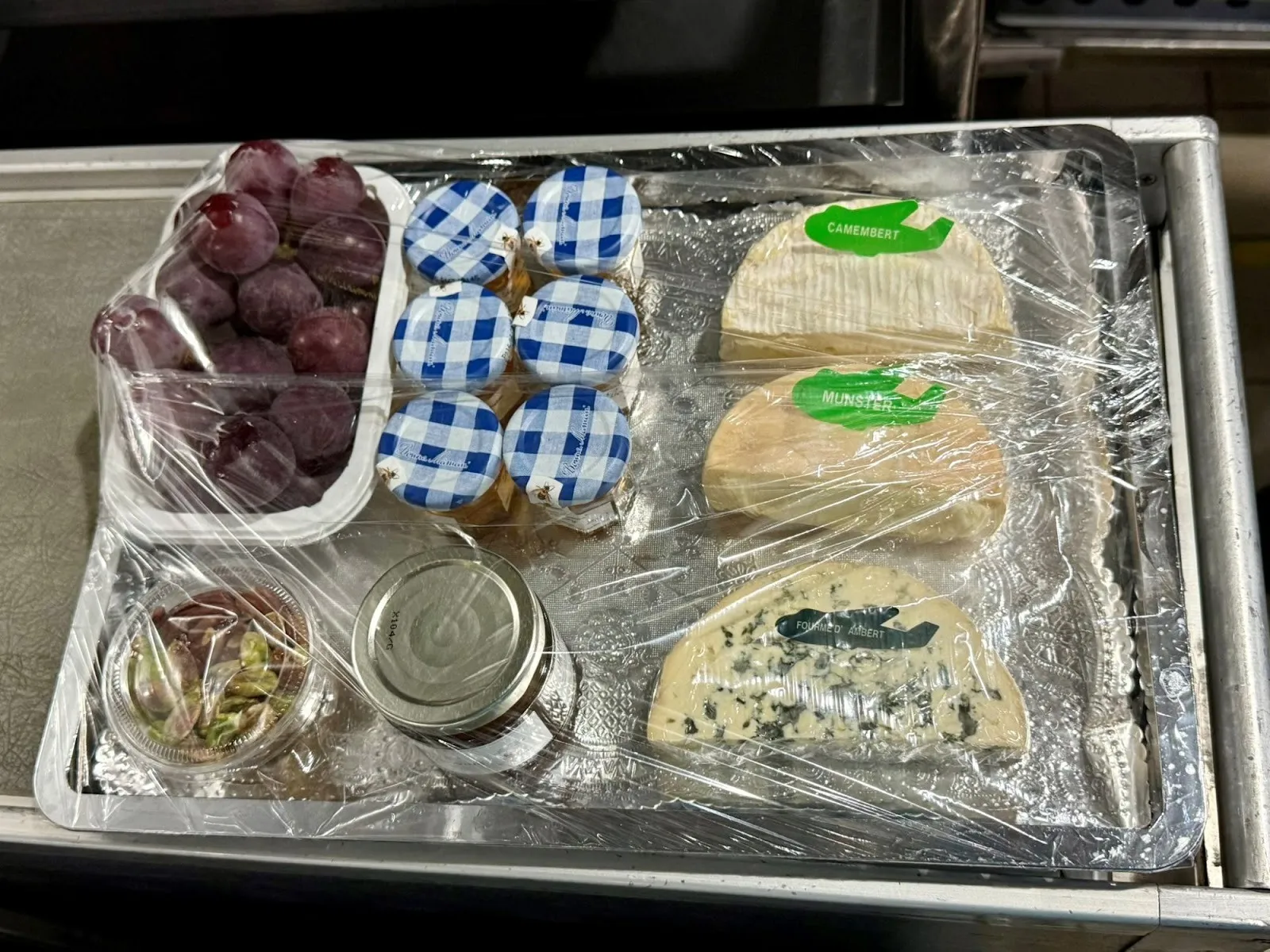
Upgraded Menus
At the end of the tour, we were able to sample KE’s improved in-flight meals that passengers in First and Prestige Class can expect. The dishes feature seasonal Korean ingredients and have been made in collaboration with Chef Saekyeong Kim, providing passengers with an elevated dining experience.
Meals can also be pre-ordered before flying, giving passengers a greater selection, including vegetarian and vegan options.
A wine list of more than 50 varieties has been curated through blind tastings, and customers can expect the finest wines on board. The diverse wine list is sourced from classic and up-and-coming regions to enjoy alongside your in-flight meals.
For a comprehensive review of flying Korean Air in Prestige Class, a trip report is available here.
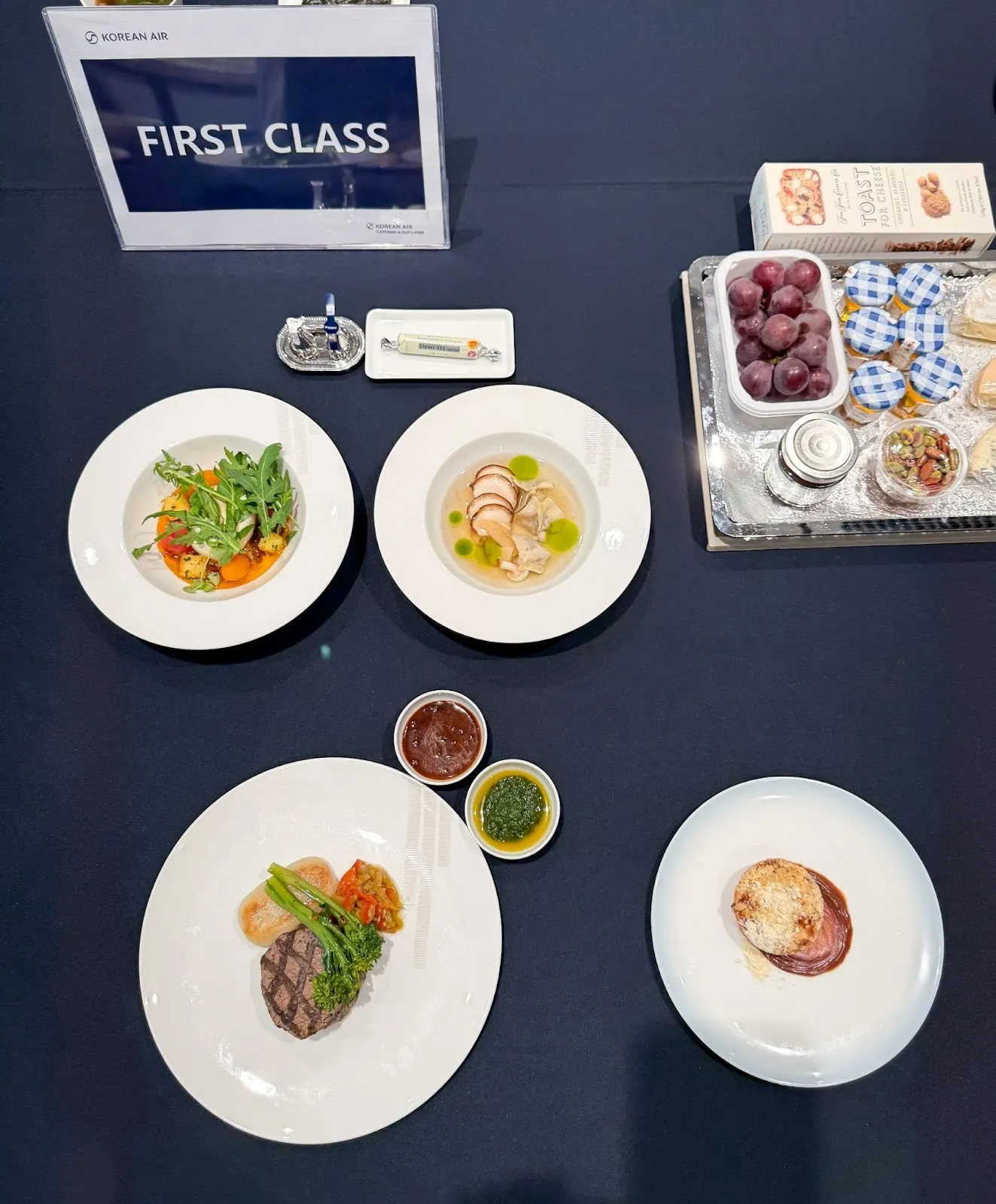
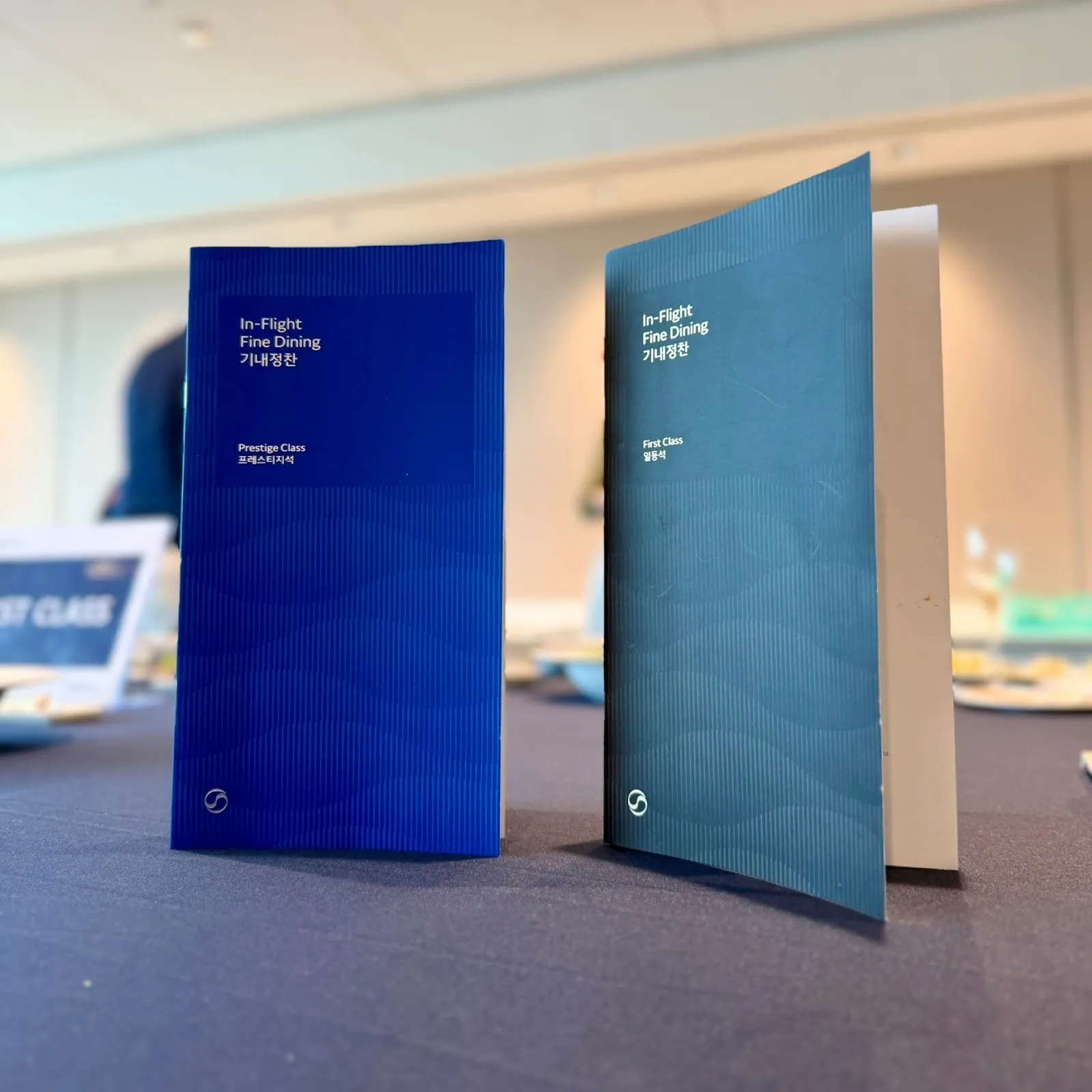
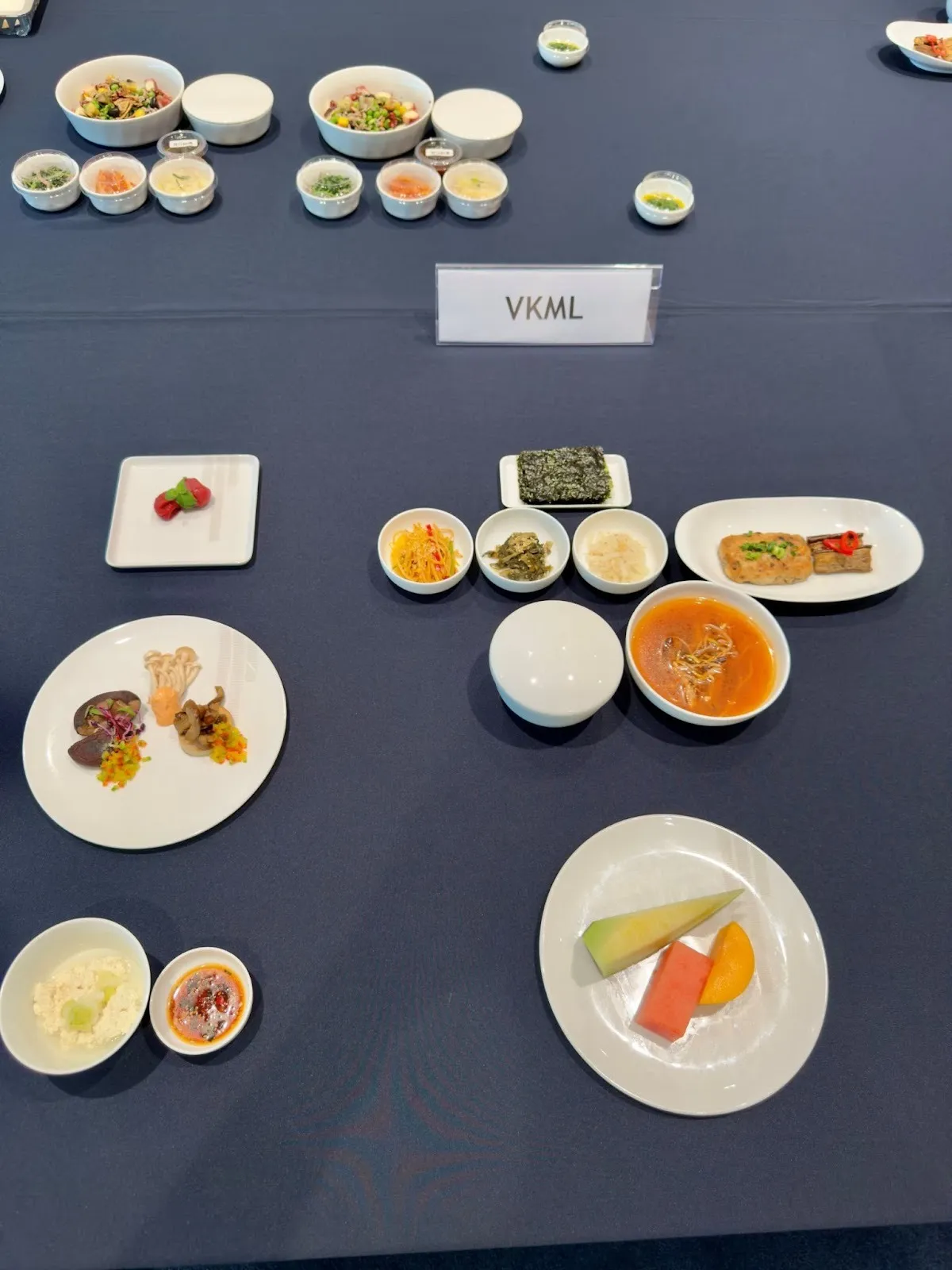
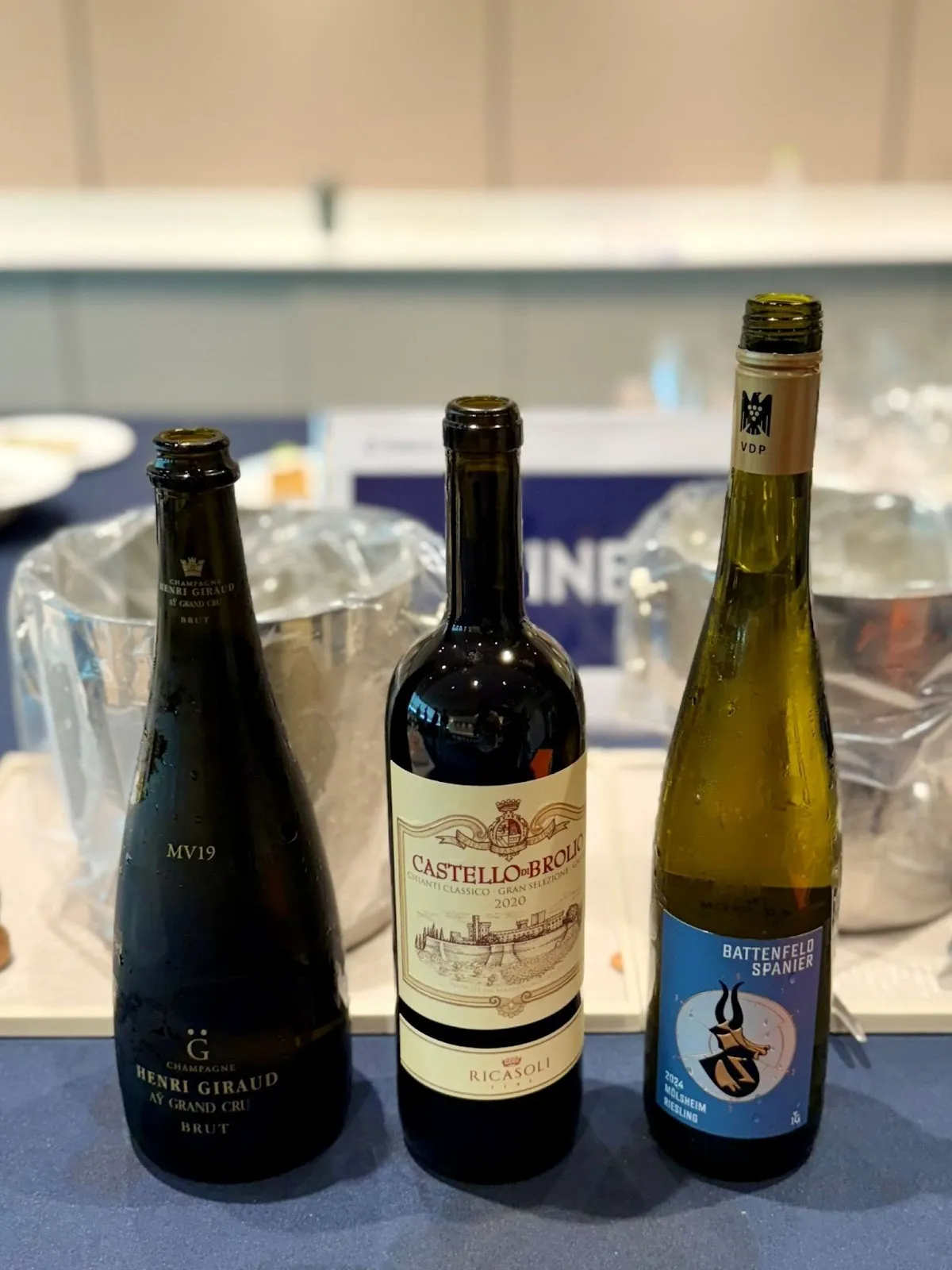
Airport Lounges
This summer, KE renovated its lounges at ICN, including the Miler Club and Prestige East lounges. Both offer an enhanced experience, featuring live stations where gourmet cuisine is prepared, an international buffet, and wellness facilities.
Two new Prestige Garden lounges are situated at the far ends of the terminal, away from the busy central area. The lounges overlook a modern garden, providing a relaxing atmosphere before flying.
All lounges feature luxurious interiors with a contemporary design and a color palette of gold, charcoal, and ivory, giving passengers a premium feel.
Renovations are ongoing for Korean Air’s First Class and Prestige West and East lounges, and are due to be completed in 2026. KE’s lounge renewal project ensures high-quality, efficient service for customers ahead of its full integration with Asiana Airlines (OZ).
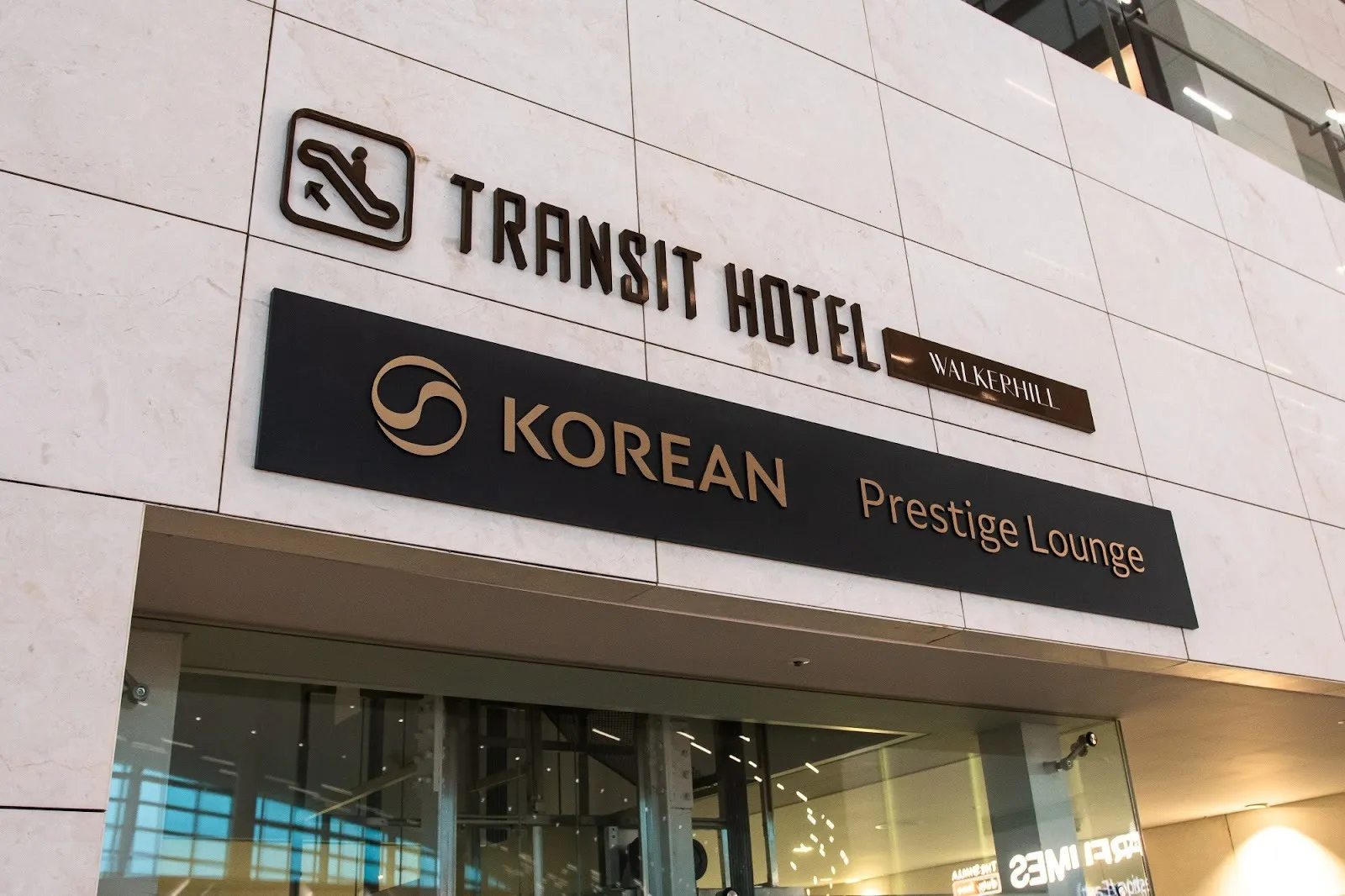
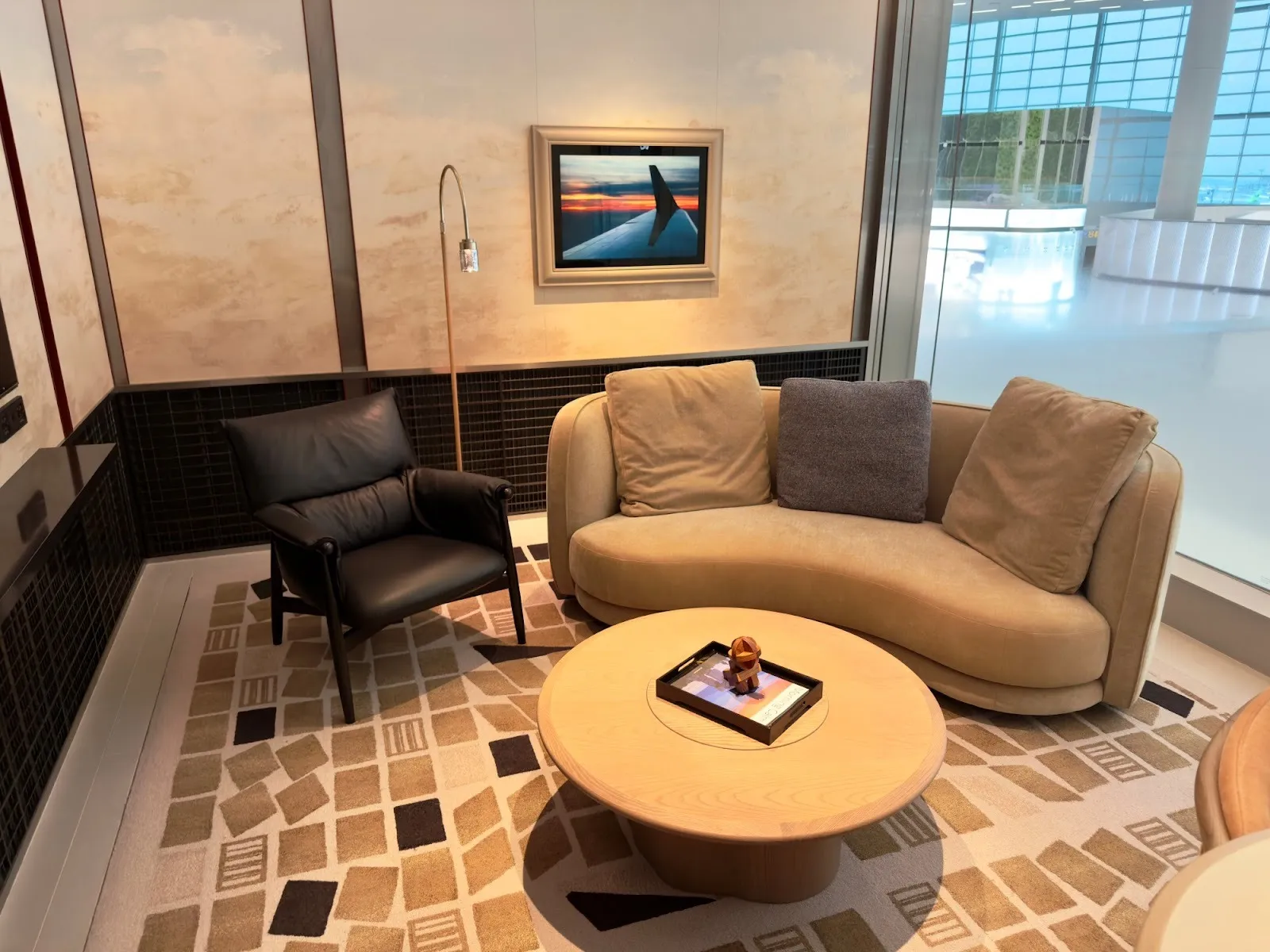
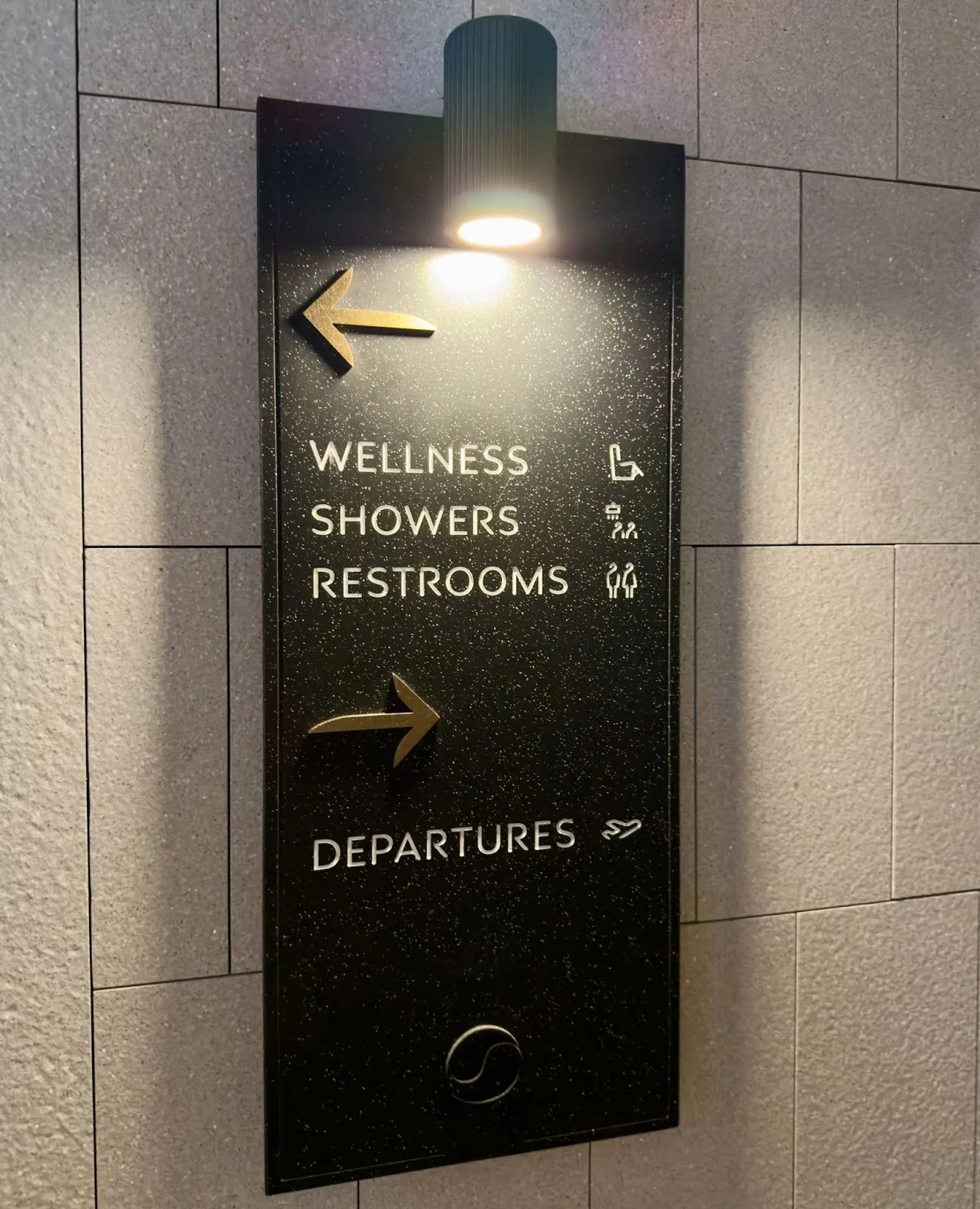
Maintenance Hangar
We visited the aircraft hangar at Gimpo, where Korean Air maintains its fleet. Up to 8 small aircraft (Airbus A220s) can be accommodated here, or two heavy aircraft and one small aircraft. KE operates multiple other maintenance bases across the country, including Incheon, Busan, and Bucheon.
Aircraft periodically undergo maintenance to ensure their airworthiness and are safe to fly, and KE’s paint hangar is based at Busan. In the coming months, we can expect to see more of the Korean Air fleet featured in the airline’s new livery.
